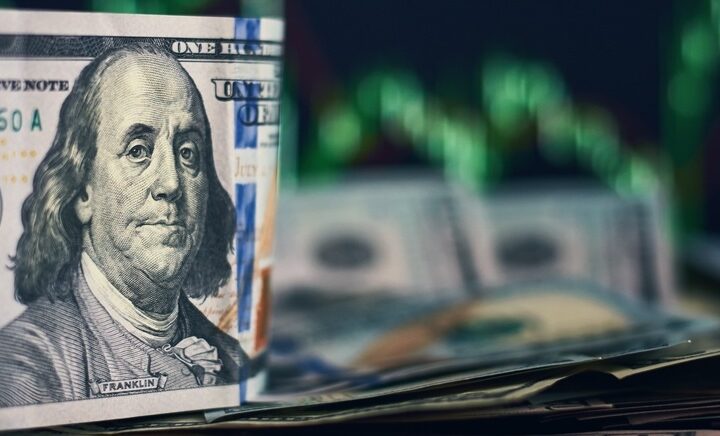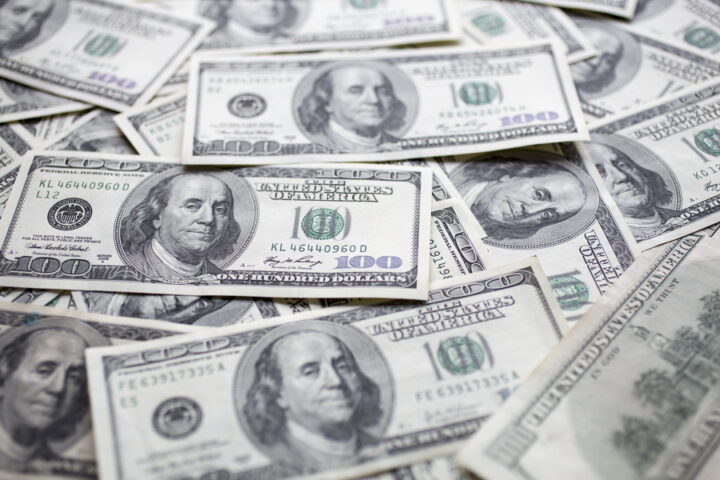.jpg) Moody’s Investors Service has lowered its outlook on the Norwegian banking system to ‘negative’ from ‘stable’ on expectation of a softening operating environment, stemming from reducing oil investments and persistently low oil prices.
Moody’s Investors Service has lowered its outlook on the Norwegian banking system to ‘negative’ from ‘stable’ on expectation of a softening operating environment, stemming from reducing oil investments and persistently low oil prices.
“We expect declining oil-related investments and negative second-order effects on the Norwegian economy to translate into mild asset quality deterioration, from a very strong current position,” said Niclas Boheman, an Assistant Vice President at Moody’s. “We forecast non-performing loans for banks to rise to around 2% by 2017, from 1% in 2015.”
In March, Moody’s said it expected the Norwegian economy to grow by 1.4% in 2016, and by 1.5% in 2017. For the mainland economy only, GDP growth more than halved to 1% in 2015 from 2.3% in 2014, while credit growth slowed to 5.4% year-on-year in April 2016 from 6.3% in the previous year.
The country’s drop in GDP follows a 15% drop in oil investments year-on-year in 2015, which has been exacerbated by the decline in oil prices to below $50 a barrel.
Weakening operating conditions will also put Norwegian banks’ profitability under pressure, albeit from current high levels, according to Moody’s. As the rating agency expects problem loans to increase, banks will need to increase loan loss provisions, lowering returns further.
Nevertheless, Moody’s anticipates efficiency to remain robust over the outlook period, supported by cost saving initiatives; efficiency has historically been a strength of Norwegian banks as demonstrated by a 40% cost-to-income ratio at end-2015.
In addition, banks in Norway will likely continue to increase their capital ratios in line with stricter regulatory requirements, the rating agency said.
“We estimate a capital ratio of 12.7% for the Norwegian banking system under our stress scenario, more favourable than our global median,” explained Boheman.
Other mitigating factors against pressure on banks’ asset quality and profitability include strong household debt servicing capacity, low interest rates, and the weakening of the Norwegian Krone, according to Moody’s.







